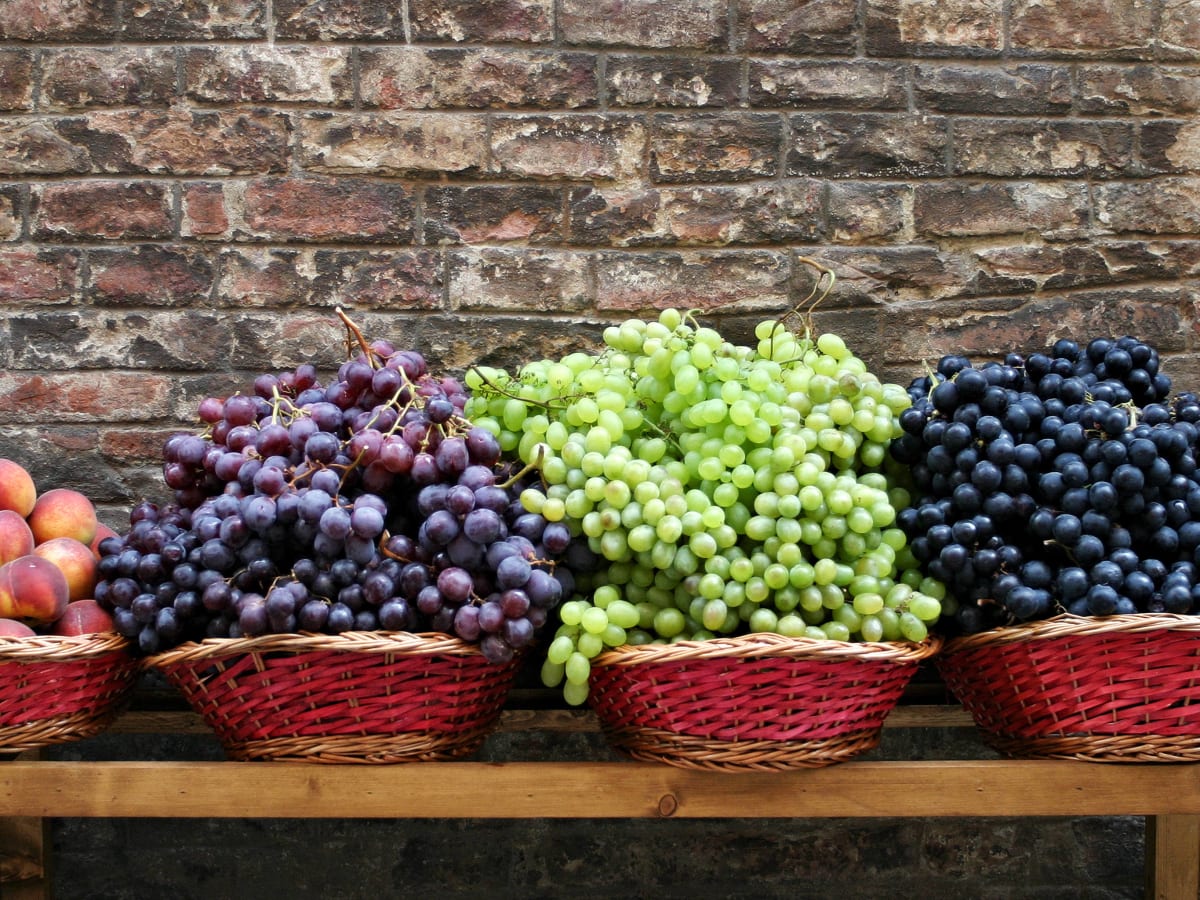

Articles
How To Store Grapes Without Fridge
Modified: January 6, 2024
Learn the best techniques for storing grapes without a fridge in this informative article. Keep your grapes fresh and flavorful for longer periods of time.
(Many of the links in this article redirect to a specific reviewed product. Your purchase of these products through affiliate links helps to generate commission for Storables.com, at no extra cost. Learn more)
Introduction
Grapes are a delicious and nutritious fruit loved by many. Their sweet and juicy taste makes them a popular snack option. However, sometimes you may find yourself with an abundance of grapes that you can’t finish right away. In such cases, knowing how to store grapes properly becomes essential to prolong their freshness and prevent them from going to waste. While refrigeration is the most common method of storing grapes, not everyone has access to a fridge or wants to take up precious fridge space. The good news is that you can store grapes without a fridge using alternative methods that will keep them fresh and flavorful for longer.
Key Takeaways:
- Enjoy fresh, flavorful grapes without a fridge by considering factors like ripeness, variety, and storage time. Explore methods like cool storage, freezing, or making jam to savor grapes for longer.
- Keep grapes fresh and delicious without refrigeration. Choose from methods like cool storage, freezing, or making jam to extend the lifespan of your grapes. Regularly check for spoilage signs to ensure safety.
Read more: How To Store Grapes In The Fridge
Why You Should Store Grapes without a Fridge
There’s no denying the convenience of a refrigerator for preserving perishable foods, but when it comes to grapes, storing them without a fridge can offer some unique advantages. Here are a few reasons why you should consider storing grapes without a fridge:
- Prolonged Freshness: Storing grapes without a fridge can help extend their freshness. The cool and dark environment that some alternative storage methods provide can slow down the ripening process and keep the grapes firm and crisp for a longer period.
- Preserving Flavor: Refrigeration can sometimes dampen the flavor of grapes. By storing them outside the fridge, you can savor their full, natural flavors without the loss in taste that can occur due to the low temperatures.
- Maximizing Nutritional Value: Grapes are packed with essential nutrients and antioxidants. Storing them without refrigeration helps maintain their nutritional value, ensuring you get the most out of these healthful fruits.
- Economical: Not relying on a fridge to store grapes can help save on energy costs. Additionally, you’ll have more fridge space available for other perishable items.
- Environmentally Friendly: Using alternative methods to store grapes without a fridge reduces energy consumption, ultimately contributing to a greener and more sustainable lifestyle.
Now that you know the benefits of storing grapes without a fridge, let’s delve into the factors you should consider before storing grapes using alternative methods.
Factors to Consider Before Storing Grapes
Before you begin storing grapes without a fridge, there are a few key factors to consider. These factors will help ensure that your grapes stay fresh and maintain their quality throughout the storage period. Here are the factors to keep in mind:
- Ripeness: It’s important to note the ripeness of your grapes before storing them. Grapes that are overly ripe or damaged may not store well and can spoil quickly. Select grapes that are firm, plump, and free from bruises or blemishes.
- Variety: Different grape varieties have varying levels of shelf life. Some varieties are more resistant to spoiling and can last longer without refrigeration. Take into account the variety of grapes you have and adjust your storage method accordingly.
- Temperature: Although you’re storing grapes without a fridge, it’s still crucial to consider the temperature of the storage location. Grapes should ideally be stored in a cool environment, preferably between 55°F (13°C) and 60°F (15°C), to slow down the ripening process and prevent them from deteriorating.
- Humidity: Grapes prefer a slightly humid environment to maintain their freshness. Too much humidity can promote mold growth, while too little can cause grapes to dry out. Aim for a moderate level of humidity to preserve the grapes’ texture and flavor.
- Light Exposure: Grapes are sensitive to light and can deteriorate quickly if exposed to direct sunlight or bright artificial light. Store your grapes in a dark or dimly lit area to protect them from light exposure.
- Storage Time: Take into account the intended storage time for your grapes. Some storage methods are suitable for short-term storage, while others are more appropriate for longer-term storage. Adjust your storage method based on how soon you plan to consume the grapes.
By considering these factors, you’ll be able to choose the right storage method and create optimal conditions for your grapes to stay fresh and flavorful. Now, let’s explore some tips for storing grapes without a fridge.
Tips for Storing Grapes without a Fridge
When it comes to storing grapes without a fridge, there are several tips and techniques you can follow to ensure their longevity. These tips will help maintain the grapes’ freshness and flavor, allowing you to enjoy them at your own pace. Consider the following tips:
- Sort and Remove Damaged Grapes: Before storing your grapes, take the time to sort through them and remove any damaged or spoiled grapes. This will prevent them from affecting the quality of the other grapes during storage.
- Do Not Wash the Grapes: It’s best to store grapes unwashed as excess moisture can promote mold growth. Avoid washing them until you’re ready to consume them.
- Keep the Bunches Intact: If possible, keep the grapes in their original bunches instead of separating them. This will help maintain their freshness and prevent them from drying out.
- Avoid Storing Grapes with Strongly Scented Foods: Grapes can easily absorb odors from strong-smelling foods, which may affect their taste. Keep them away from items like onions, garlic, and strong cheeses.
- Use Breathable Containers: If you prefer to store the grapes in a container, opt for a breathable one like a paper bag or a mesh bag. This will allow for proper airflow and help prevent moisture buildup.
- Check Regularly: Periodically check on the stored grapes to ensure they are still in good condition. Remove any grapes that show signs of spoilage to prevent them from affecting the rest of the batch.
By following these tips, you can store your grapes without a fridge and enjoy their freshness for an extended period. Now, let’s explore four different methods for storing grapes without refrigeration.
Method 1: Storing Grapes in a Cool and Dark Place
One of the simplest and most effective ways to store grapes without a fridge is by finding a cool and dark place in your home. Follow these steps:
- Choose a location away from direct sunlight and sources of heat, such as radiators or ovens.
- Find a spot that maintains a consistent temperature between 55°F (13°C) and 60°F (15°C). This could be a pantry, cellar, or a cool corner of your kitchen.
- Place the grapes in a single layer on a tray or container lined with paper towels to absorb excess moisture.
- Avoid overcrowding the grapes, as this can lead to bruising and spoilage.
- Keep the grapes stored in the cool and dark place for up to a week, checking regularly for any signs of deterioration.
By storing grapes in a cool and dark place, you can prolong their freshness and enjoy them at your leisure. If you need an even longer storage solution, you can try the next method: storing grapes in a paper bag.
Store grapes in a well-ventilated container or perforated plastic bag at room temperature, away from direct sunlight. They should be consumed within a few days for the best quality.
Read more: How To Store Grape Tomatoes In The Fridge
Method 2: Storing Grapes in a Paper Bag
Another effective method for storing grapes without a fridge is to use a paper bag. This method can help control moisture levels and maintain the grapes’ freshness. Here’s how to do it:
- Ensure that your grapes are completely dry before beginning the storage process. If they are damp, gently pat them dry with a paper towel.
- Place the grapes in a paper bag, ensuring they are spread out in a single layer.
- Close the paper bag loosely, leaving some space for airflow. This will help prevent moisture buildup that can lead to mold.
- Store the paper bag of grapes in a cool and dark location, away from direct sunlight or heat sources.
- Check the grapes periodically for any signs of spoilage. Remove any grapes that have gone bad to avoid contamination.
Storing grapes in a paper bag helps to absorb excess moisture while maintaining a suitable environment for the grapes to stay fresh. If you have an abundance of grapes and want to preserve them for a longer period, you can consider freezing them using the next method.
Method 3: Freezing Grapes for Long-Term Storage
If you have a surplus of grapes and want to extend their storage time, freezing them is a great option. Freezing grapes allows you to enjoy their sweet taste even months after they are harvested. Here’s how to freeze grapes:
- Start by washing the grapes thoroughly under cold running water. Pat them dry with a towel.
- Remove the grapes from their stems and place them on a baking sheet lined with parchment paper. Make sure the grapes are arranged in a single layer, without touching each other.
- Place the baking sheet in the freezer and freeze the grapes for a few hours or until they become firm.
- Once the grapes are frozen, transfer them into a freezer-safe bag or airtight container. Make sure to label the container with the date of freezing.
- Place the container in the freezer, ensuring it is tightly sealed.
Frozen grapes can be stored for up to a year. When you’re ready to enjoy them, simply remove the desired amount from the freezer and thaw them at room temperature for a few minutes. Frozen grapes make a refreshing snack, a flavorful addition to smoothies, or a unique way to chill your favorite beverages.
However, it’s important to note that once grapes are frozen and thawed, their texture will change. They will become softer and may lose some of their crispness. Nevertheless, the flavor and nutritional value remain intact.
Now that you know how to freeze grapes, let’s explore another option for storing grapes without a fridge: making grape jam or jelly.
Method 4: Making Grape Jam or Jelly
If you’re looking for a creative way to store and enjoy your grapes without a fridge, making grape jam or jelly is an excellent option. This method not only preserves the grapes but also allows you to savor their flavor in a different form. Here’s how you can make grape jam or jelly:
- Start by washing the grapes thoroughly and removing them from their stems.
- In a large pot, add the grapes along with a small amount of water to prevent them from sticking to the bottom of the pot.
- Simmer the grapes over low heat until they become soft and juicy. Stir occasionally to prevent burning.
- Once the grapes are cooked and broken down, strain the mixture through a fine mesh sieve or cheesecloth to remove the seeds and skins.
- Return the strained grape juice to the pot and add sugar according to your taste preference. Stir well to dissolve the sugar.
- Continue simmering the mixture over low heat, stirring frequently, until it thickens to a jam-like consistency for jam or a jelly-like consistency for jelly.
- Remove the pot from the heat and let the jam or jelly cool for a few minutes.
- Transfer the jam or jelly into sterilized jars, leaving a bit of headspace at the top. Seal the jars tightly.
- Store the jars in a cool and dark place, such as a pantry or cupboard, away from direct sunlight or heat sources.
Making grape jam or jelly allows you to preserve the flavors of the grapes while giving you a delicious spread that can be enjoyed on toast, pastries, or as a topping for desserts. It also makes for a thoughtful homemade gift for friends and family.
Remember to check the jam or jelly periodically for any signs of spoilage, such as mold growth or off-putting smells. If you notice any signs of spoilage, discard the jar immediately.
Now that you’re well-equipped with various methods for storing grapes without a fridge, you can choose the most suitable method based on your needs and enjoy fresh grapes for a longer period.
Next, let’s explore how to check if stored grapes have gone bad.
How to Check If Stored Grapes Have Gone Bad
While storing grapes without a fridge can help prolong their freshness, grapes can still spoil over time. It’s essential to know how to check if stored grapes have gone bad to avoid consuming spoiled fruit. Here are some signs to look out for:
- Mold or Discoloration: Inspect the grapes for any signs of mold or unusual discoloration. Moldy or discolored grapes should be discarded immediately, as they can indicate spoilage.
- Wrinkling and Shrinking: Grapes that have started to wrinkle or shrink are likely past their prime and may have lost their freshness. Avoid consuming grapes with these characteristics.
- Foul Odor: Fresh grapes have a pleasant, sweet aroma. If your stored grapes emit a foul or unpleasant smell, it’s a sign that they have started to spoil.
- Sliminess or Stickiness: Gently touch the grapes and check for any sliminess or stickiness on the surface. These textures can indicate degradation and spoilage.
- Lack of Juiciness: Fresh grapes are juicy and bursting with flavor. If the grapes appear dry and lack their natural juiciness, they may no longer be at their best quality.
Remember, it’s always better to err on the side of caution and discard grapes that show any signs of spoilage. Consuming spoiled grapes can lead to digestive issues and potentially make you sick.
By regularly inspecting your stored grapes for these signs, you can ensure that you only consume fresh and safe fruit. Now, let’s conclude our article.
Read more: How To Store Washed Grapes In The Fridge
Conclusion
Storing grapes without a fridge is a practical and convenient option for extending their freshness and enjoying them over a longer period. While refrigeration is commonly used for grape storage, alternative methods can be equally effective and offer their own unique benefits.
By considering factors such as ripeness, variety, temperature, humidity, light exposure, and storage time, you can make informed choices about how to store your grapes without a fridge.
Whether you opt for storing grapes in a cool and dark place, using a paper bag, freezing them for long-term storage, or transforming them into grape jam or jelly, each method offers its own advantages. Storing grapes properly using these methods can help preserve their flavor, nutritional value, and overall quality.
Remember to regularly check your stored grapes for signs of spoilage, such as mold, discoloration, bad odor, sliminess, or lack of juiciness. Discard any grapes that show these signs to ensure your safety and enjoyment.
Now that you have a range of options for storing grapes without a fridge, you can confidently make use of them to prevent wastage and continue enjoying the delicious taste of grapes long after they are harvested.
So, go ahead and put these tips and methods into practice, and savor the freshness and sweetness of your grapes whenever you desire, without the need for a fridge.
Frequently Asked Questions about How To Store Grapes Without Fridge
Was this page helpful?
At Storables.com, we guarantee accurate and reliable information. Our content, validated by Expert Board Contributors, is crafted following stringent Editorial Policies. We're committed to providing you with well-researched, expert-backed insights for all your informational needs.
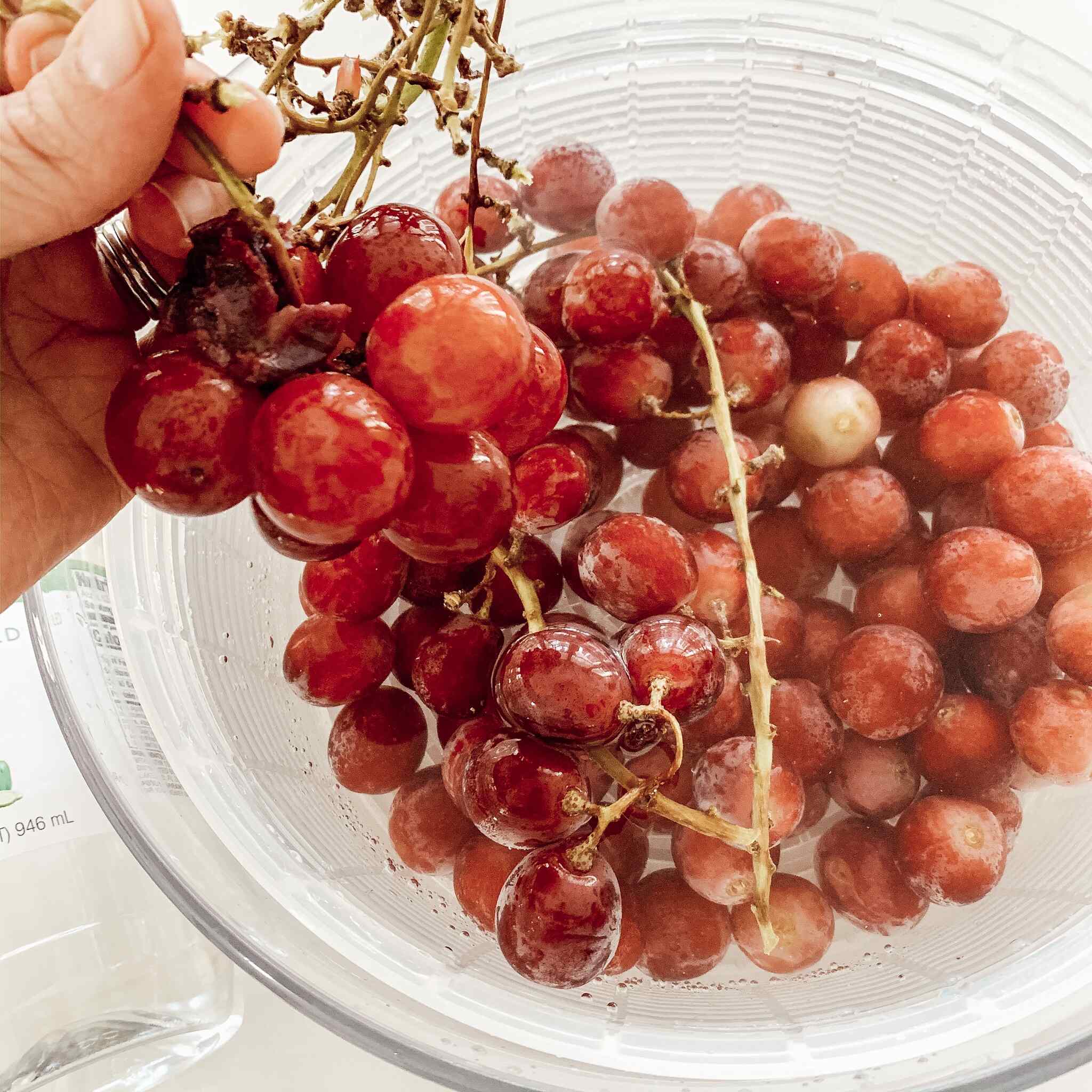

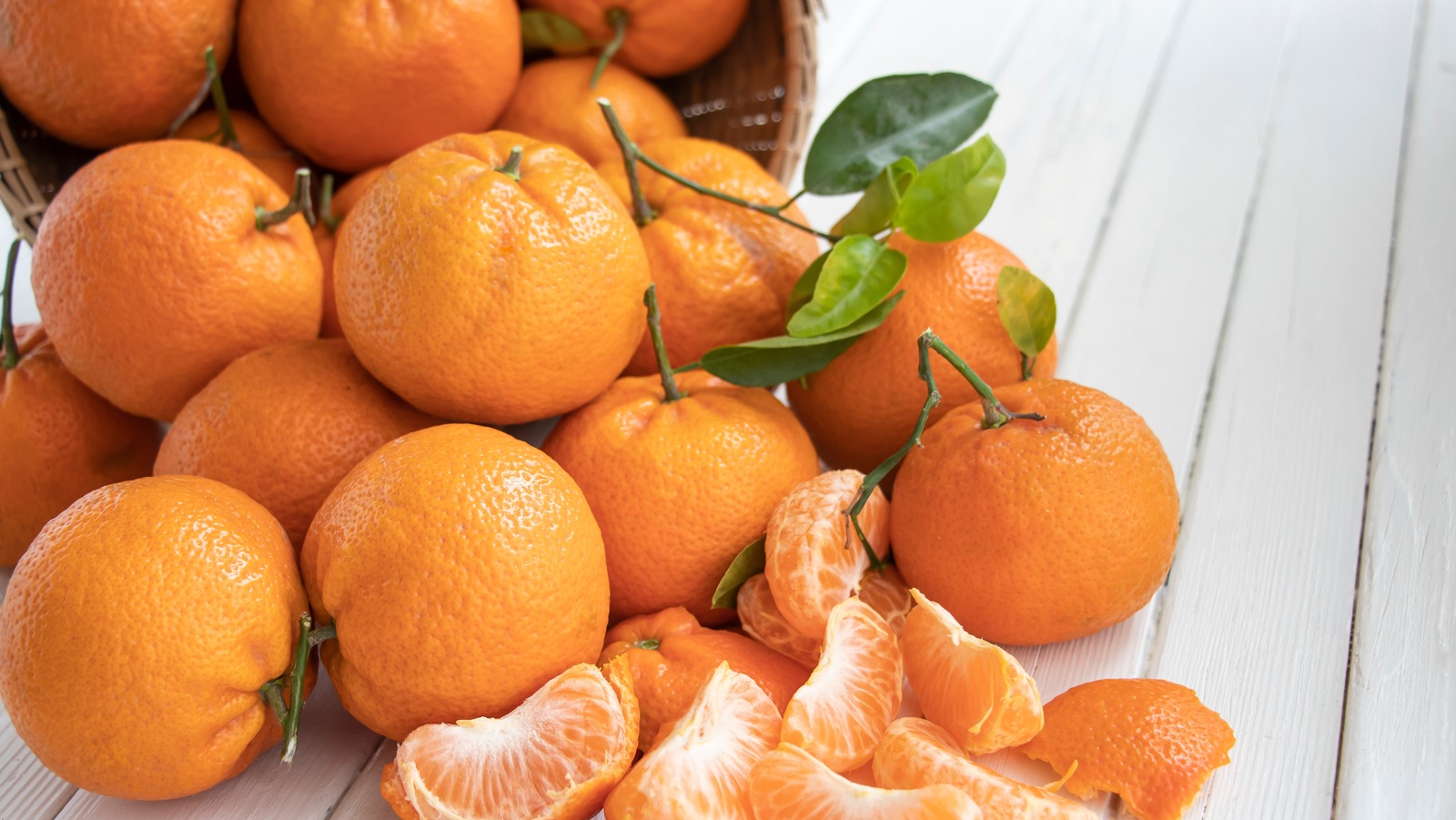
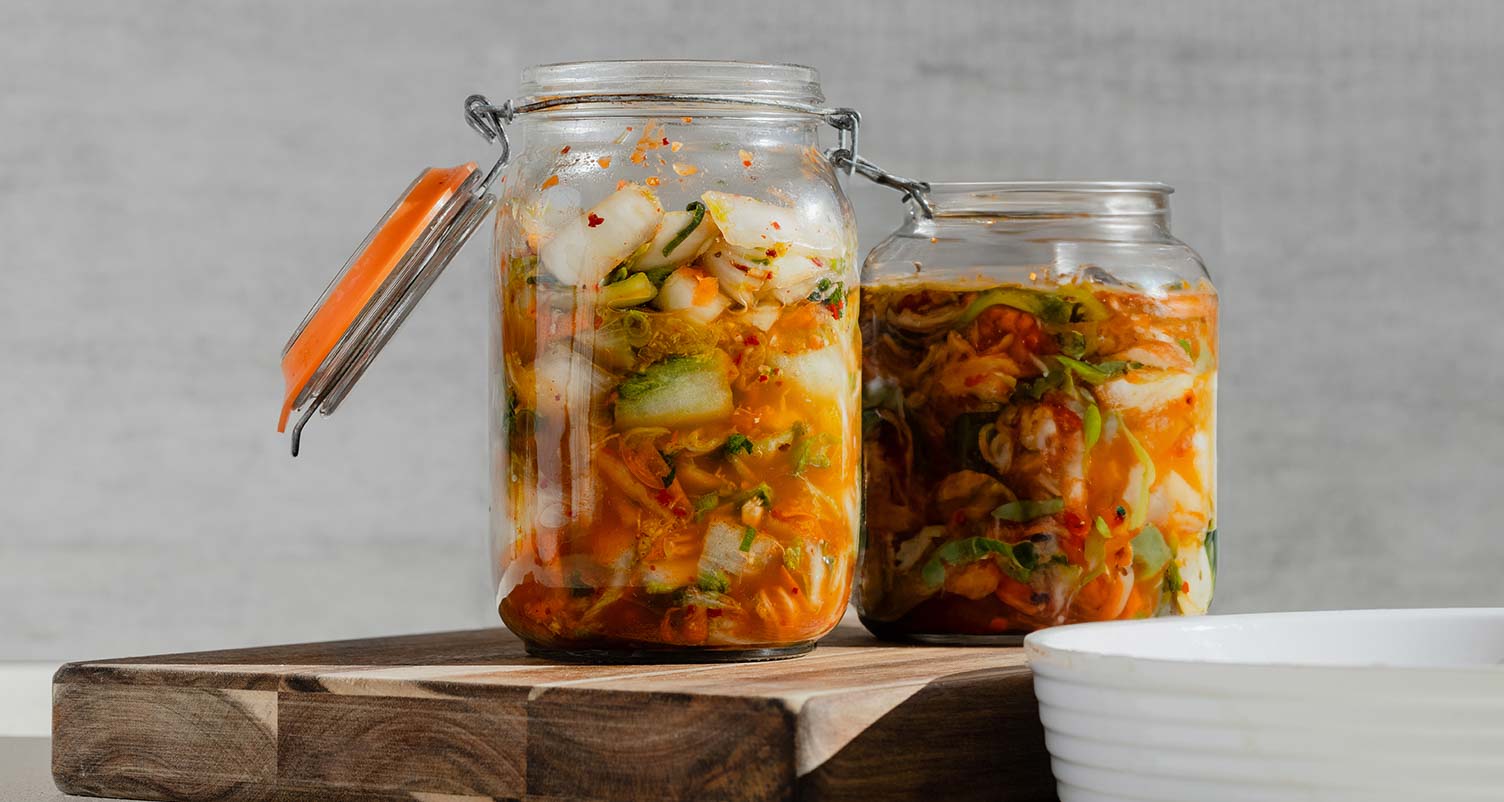
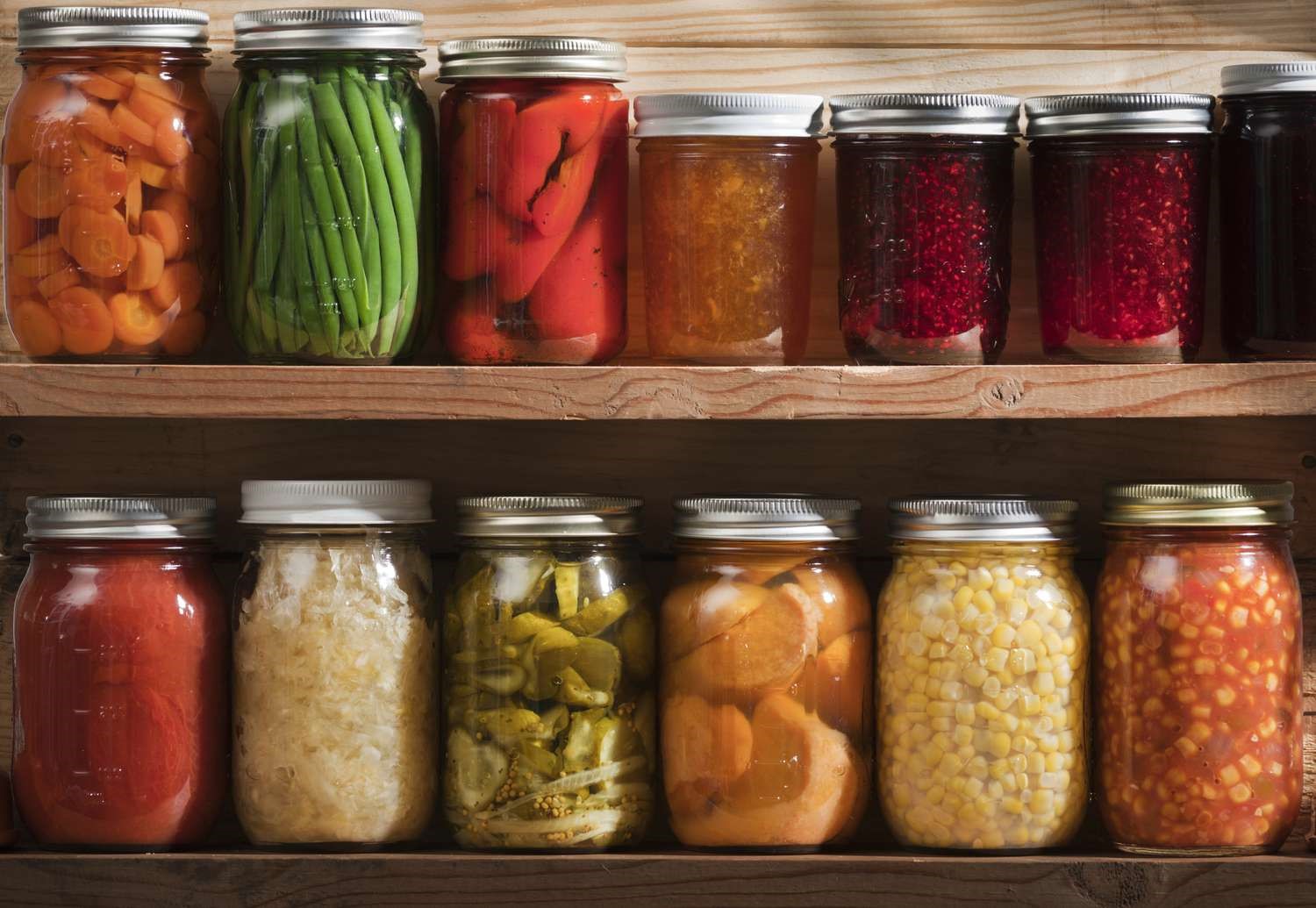
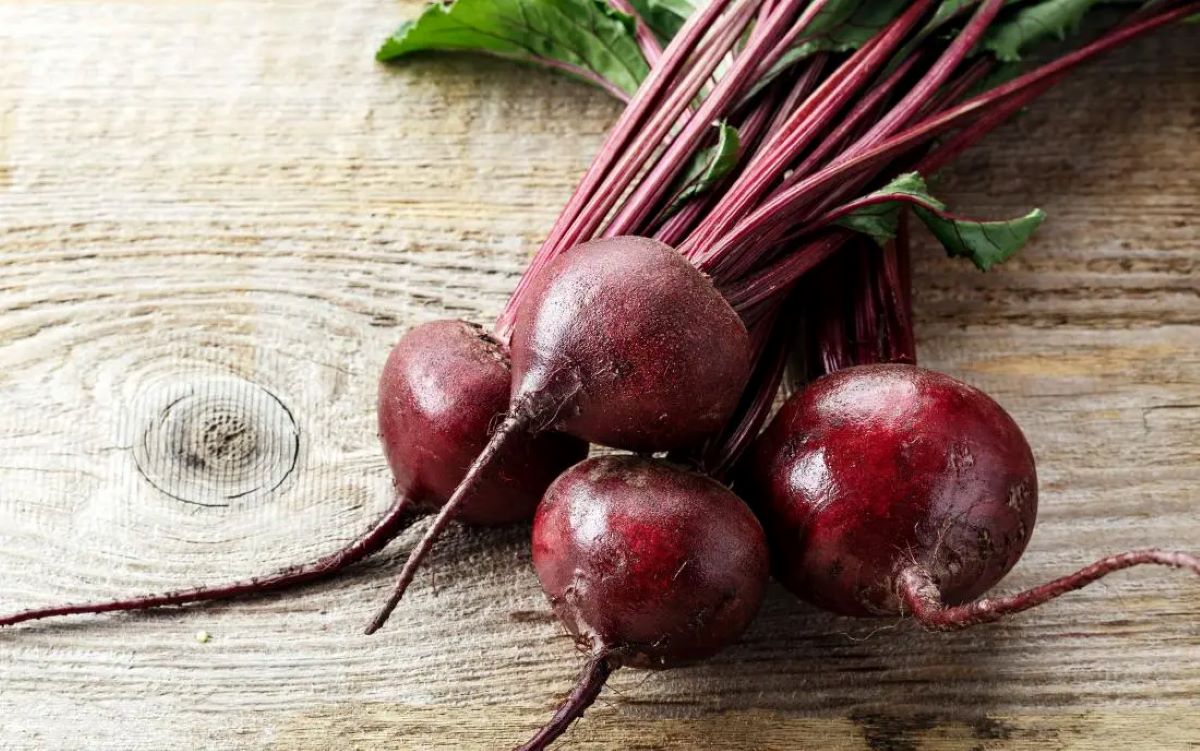
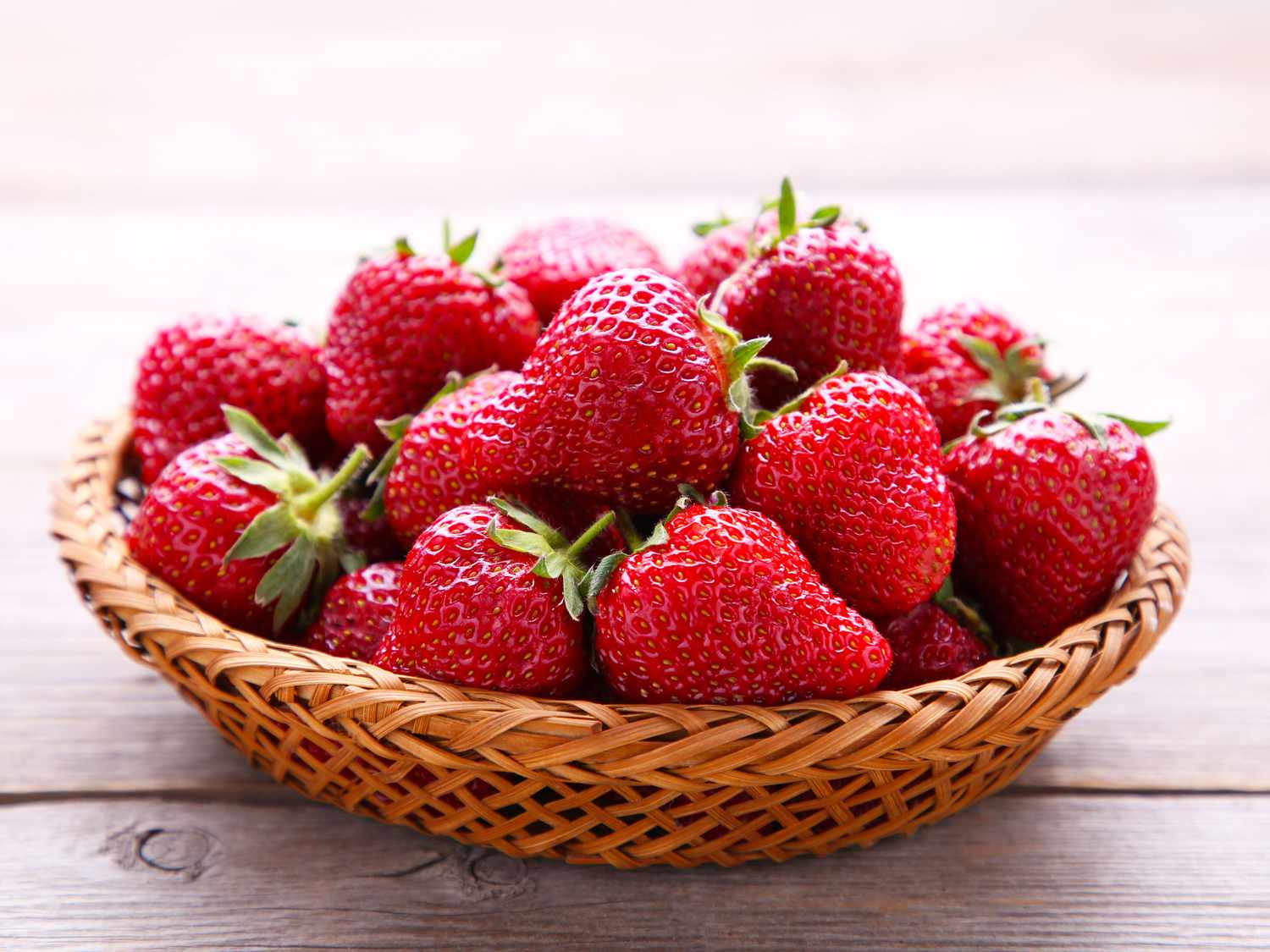
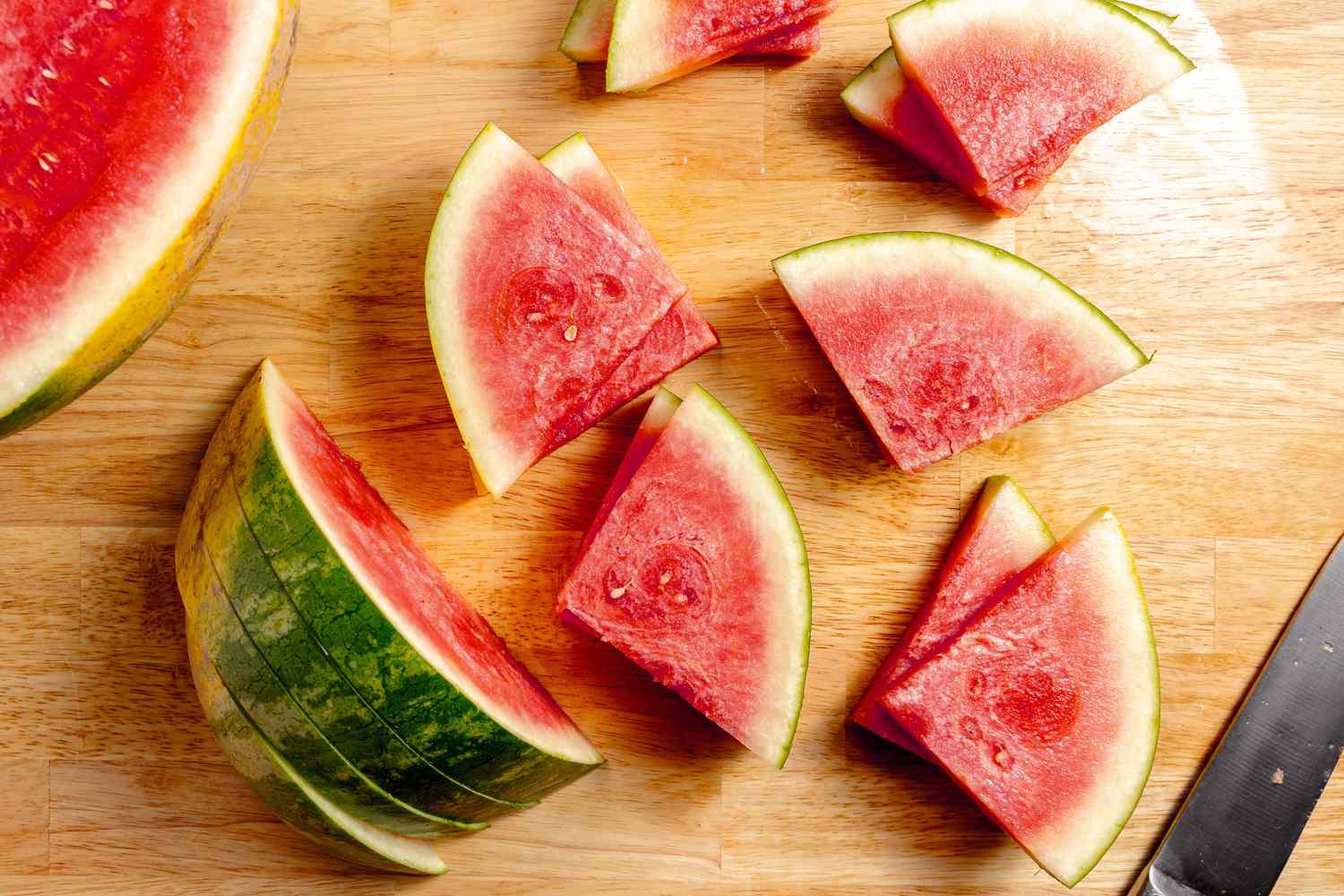
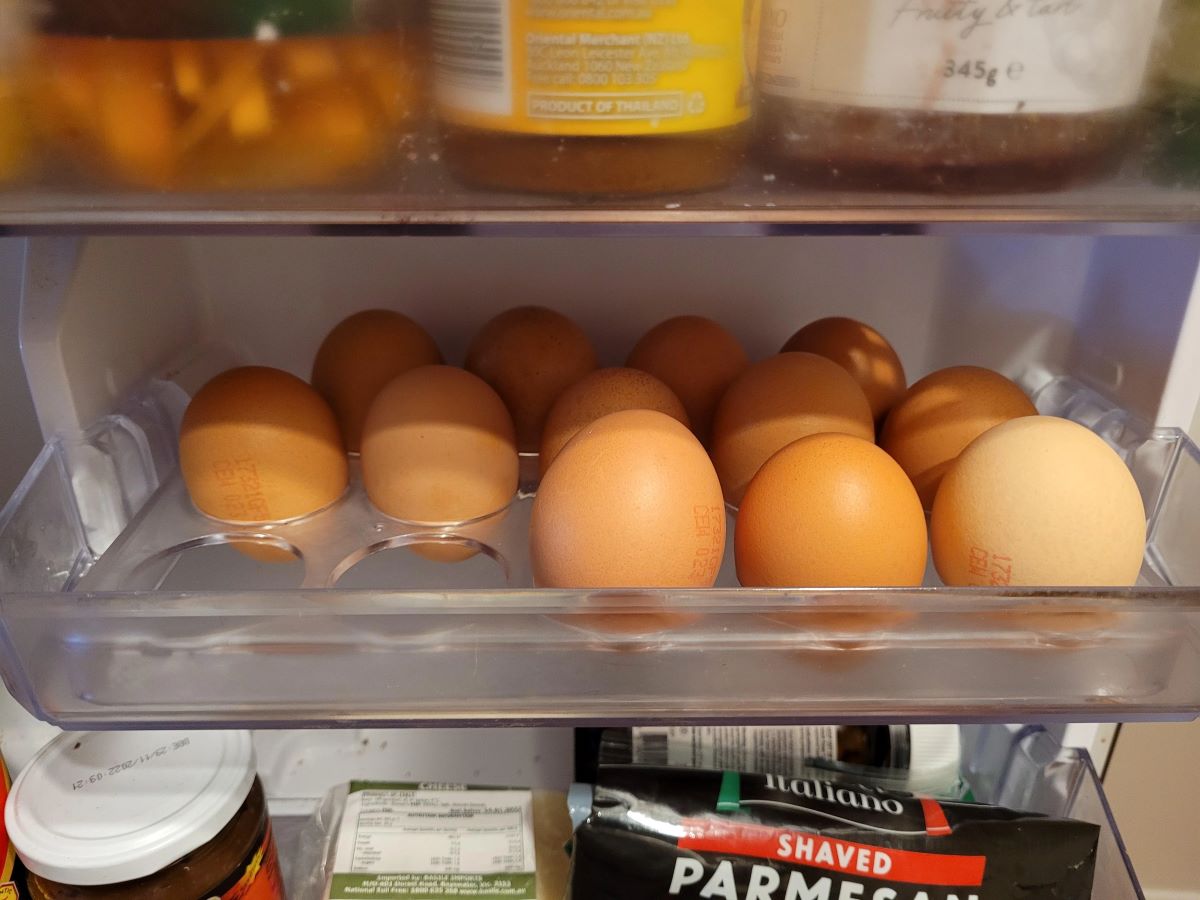
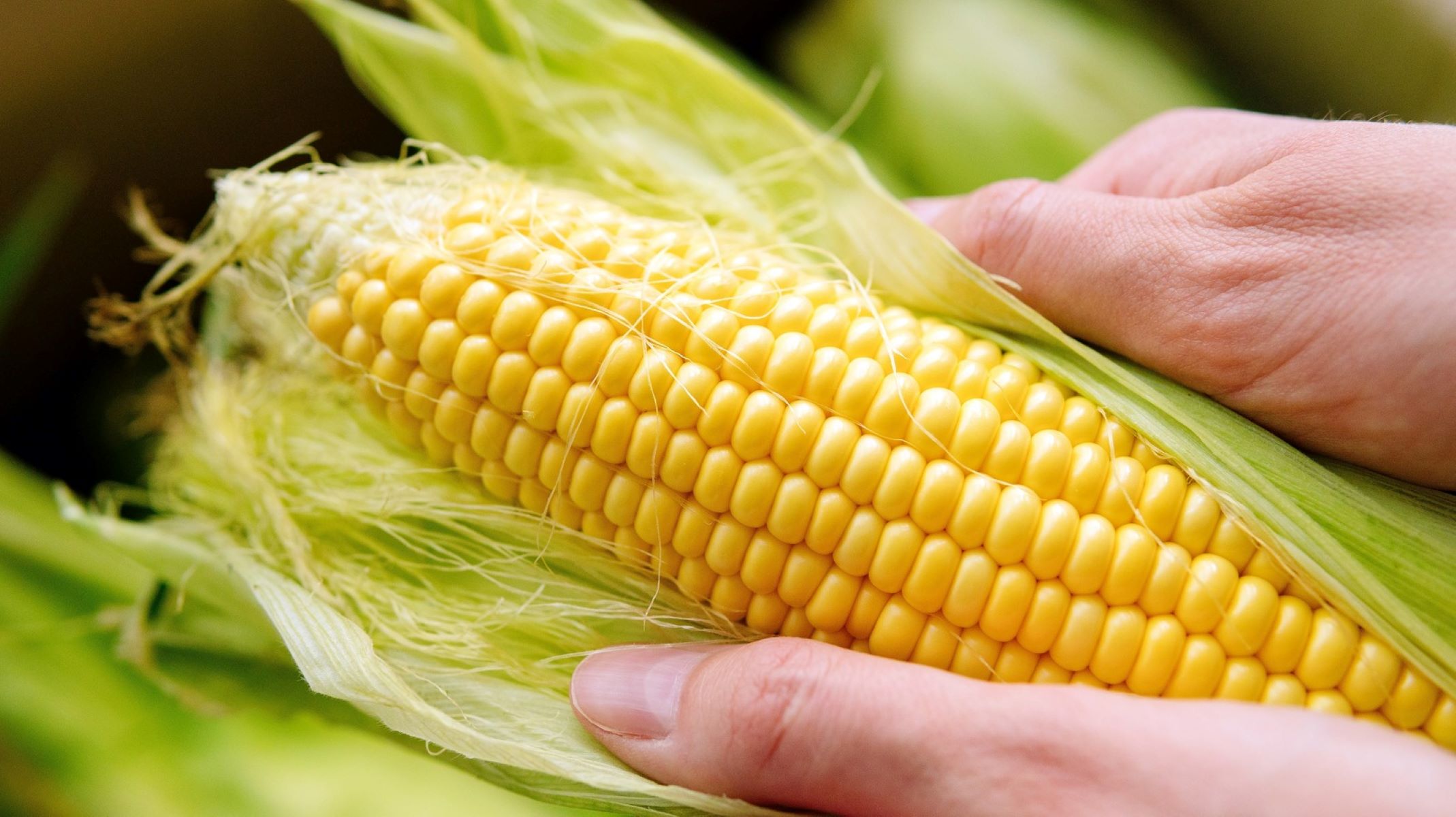
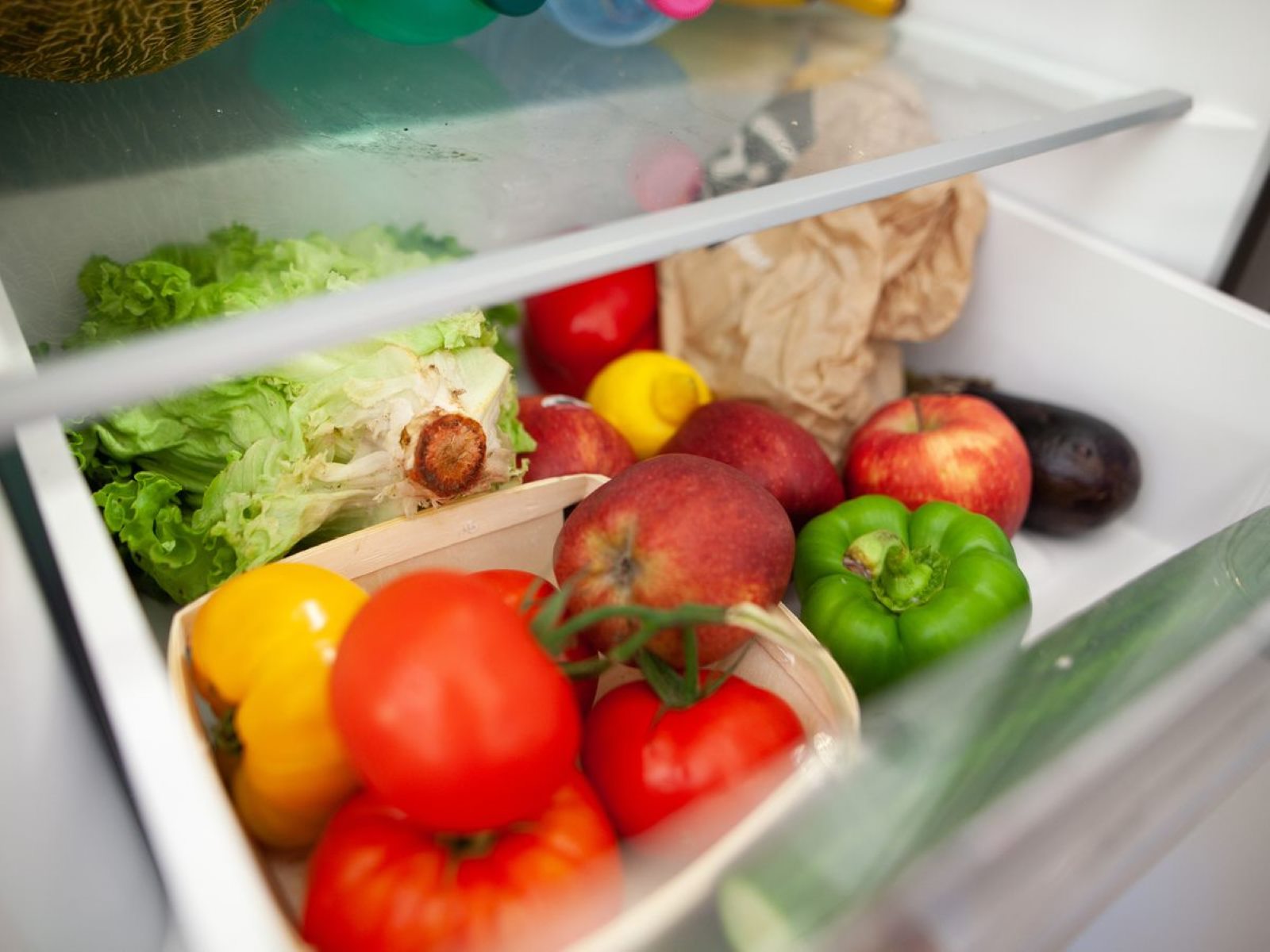
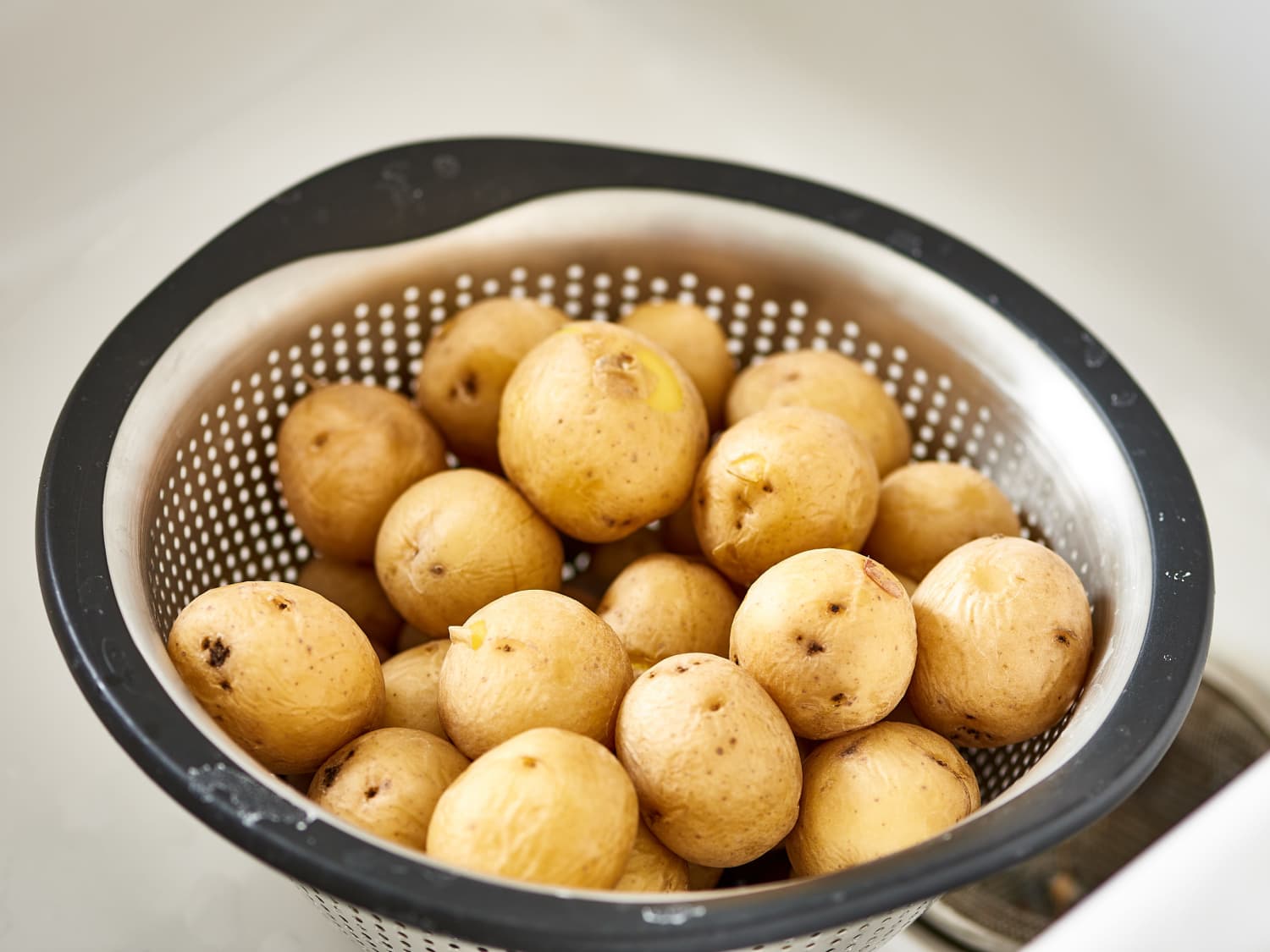
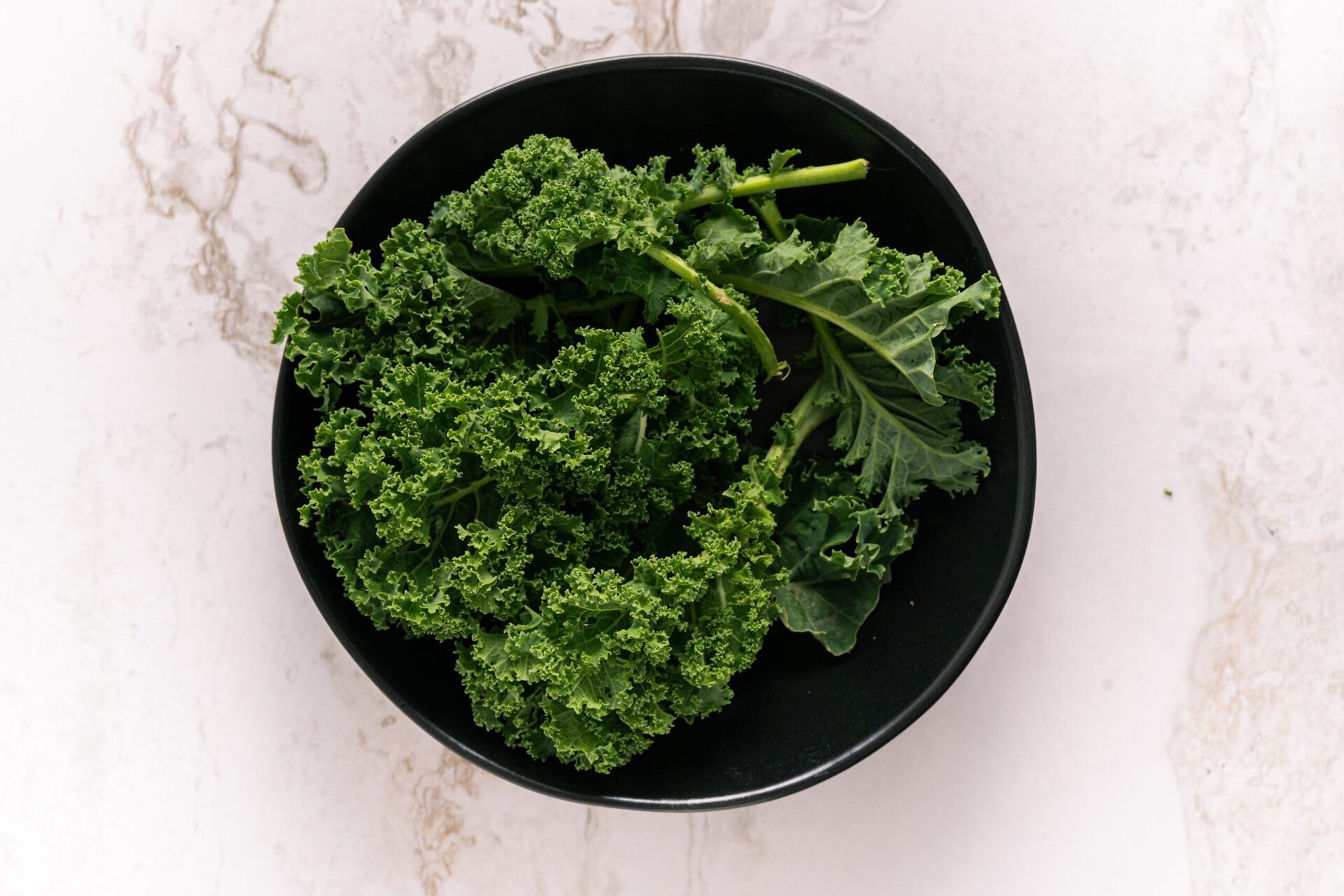

0 thoughts on “How To Store Grapes Without Fridge”